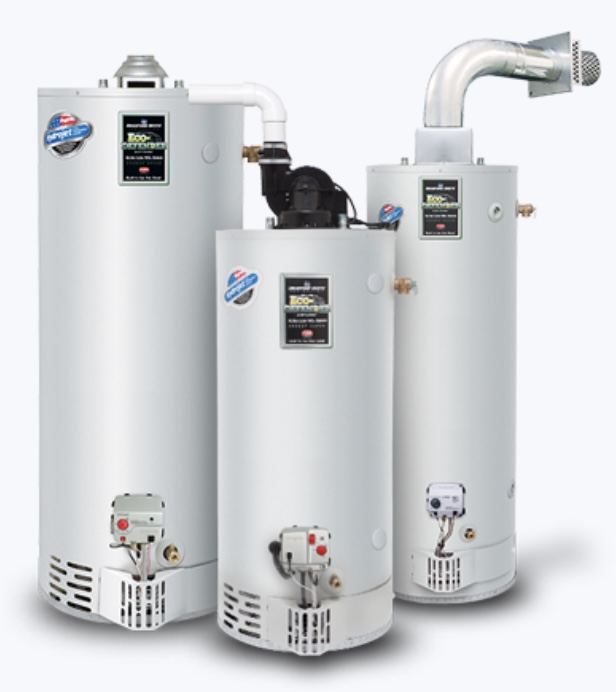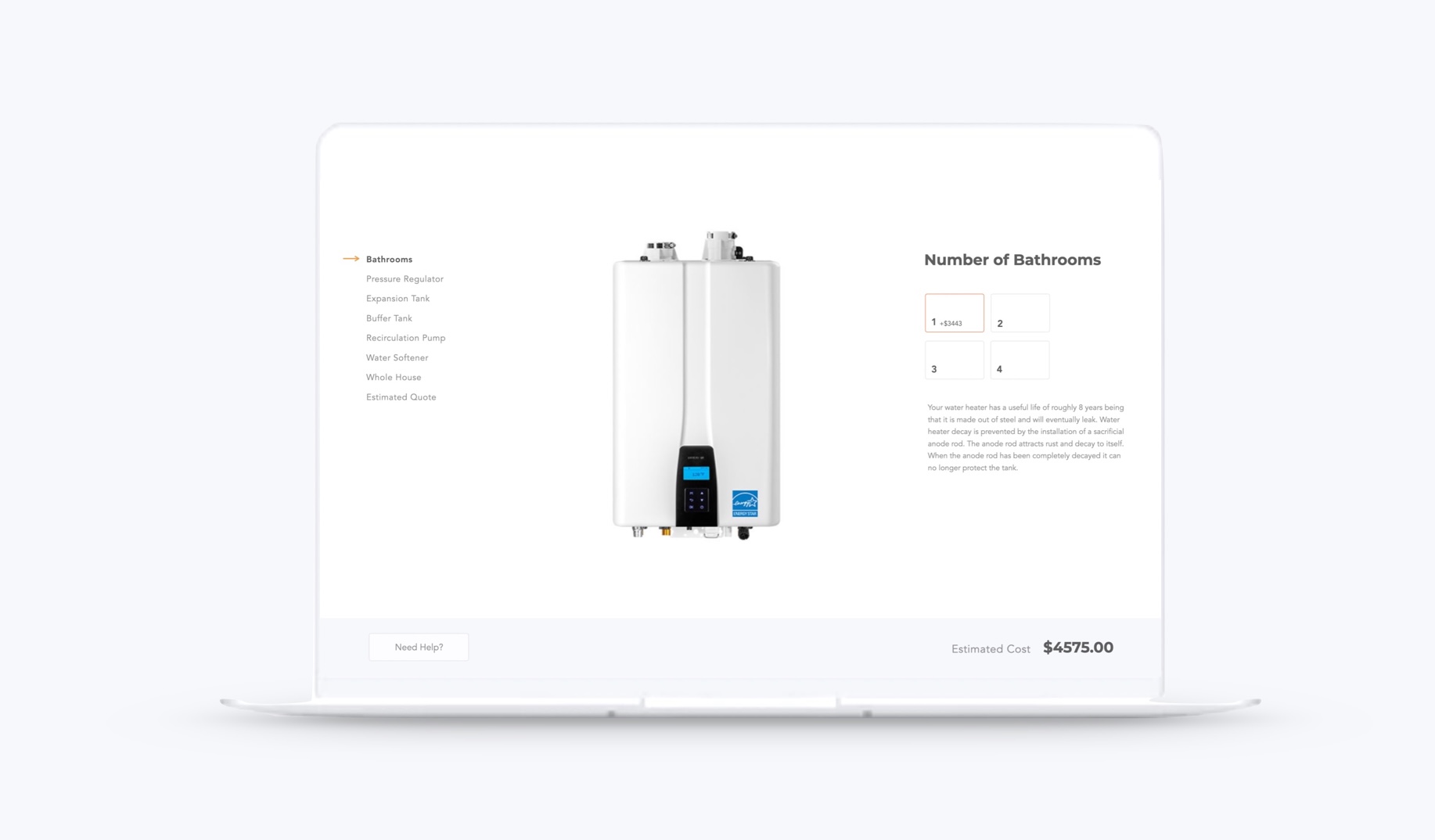In this comprehensive guide, we will provide step-by-step instructions and troubleshooting tips for repairing a tankless water heater. Whether you have an electric or gas tankless water heater, we will cover all the common issues that can arise and guide you through the repair process. Additionally, we will address frequently asked questions about tankless water heater repair, including maintenance frequency, DIY repairs, cost considerations, and signs that indicate your tankless water heater may need repair. By the end of this guide, you will have the knowledge and confidence to effectively repair your tankless water heater and ensure its optimal performance.
Introduction to Tankless Water Heaters
The introduction to tankless water heaters provides an overview of these innovative devices, explaining how they work and their benefits compared to traditional water heaters.
Understanding the Basics of Tankless Water Heaters
Understanding the Basics of Tankless Water Heaters:
- Tankless water heaters, also known as on-demand water heaters, are a modern alternative to traditional water heaters with storage tanks. Unlike conventional water heaters that store and heat a fixed amount of water, tankless water heaters heat water directly as it passes through the unit.
- The basic principle behind tankless water heaters is to provide hot water on demand, eliminating the need for a large storage tank. This not only saves space but also ensures a continuous supply of hot water, making them ideal for households with high hot water demands.
- One of the key components of tankless water heaters is the heat exchanger, which rapidly heats the water as it flows through the unit. This heat exchanger can be powered by either electricity or gas, depending on the type of tankless water heater.
- Tankless water heaters offer several advantages over traditional water heaters. They are more energy-efficient, as they only heat water when it is needed, reducing standby energy losses. They also have a longer lifespan and require less maintenance compared to storage tank water heaters.
Advantages of Using a Tankless Water Heater
There are several advantages to using a tankless water heater. One of the main benefits is energy efficiency. Unlike traditional water heaters that constantly heat and store water, tankless water heaters only heat water when it is needed. This can result in significant energy savings and lower utility bills. Additionally, tankless water heaters take up less space compared to their traditional counterparts. They are compact and can be mounted on walls, freeing up floor space. Another advantage is the endless supply of hot water. Tankless water heaters provide hot water on demand, so there is no need to wait for a storage tank to refill. This is particularly beneficial for households with high hot water demands. Lastly, tankless water heaters have a longer lifespan compared to traditional water heaters. With proper maintenance, they can last up to 20 years, whereas traditional water heaters typically last around 10-15 years. Overall, the advantages of using a tankless water heater make it a popular choice for homeowners seeking energy efficiency and convenience.
Common Issues with Tankless Water Heaters
Common Issues with Tankless Water Heaters include identifying problems in electric and gas tankless water heaters, as well as troubleshooting tips and step-by-step guides for repairing them.
Identifying Problems in Electric Tankless Water Heaters
When it comes to identifying problems in electric tankless water heaters, there are a few common issues to look out for. One of the most obvious signs of a problem is if there is no hot water coming out of the faucet when the heater is turned on. This could indicate a faulty heating element or a problem with the electrical connection. Another common issue is if the water temperature fluctuates excessively or if the water is not heating up to the desired temperature. This could be a result of a malfunctioning thermostat or a problem with the flow sensor. Additionally, if there are any strange noises coming from the heater or if it is leaking water, these could also be signs of a problem. It is important to address these issues promptly to ensure the efficient and reliable operation of the electric tankless water heater.
Identifying Problems in Gas Tankless Water Heaters
One of the key steps in repairing a gas tankless water heater is identifying any problems that may be occurring. There are several common issues that can arise with gas tankless water heaters, and being able to identify them is crucial in order to effectively repair the unit. Some signs that may indicate a problem with a gas tankless water heater include a lack of hot water, fluctuating water temperature, strange noises coming from the unit, or a sudden increase in gas usage. By carefully observing and analyzing these symptoms, homeowners can begin to diagnose and address any issues that may be affecting their gas tankless water heater.
Repairing Electric Tankless Water Heaters
Learn how to repair electric tankless water heaters with our step-by-step guide and troubleshooting tips.
Step-by-Step Guide to Repairing Electric Tankless Water Heaters
When it comes to repairing electric tankless water heaters, it is crucial to follow a step-by-step guide to ensure the process is done correctly. Firstly, turn off the power supply to the water heater to avoid any accidents. Next, locate the access panel on the front of the unit and remove it using a screwdriver. Inside, you will find the heating elements and sensors. Carefully inspect these components for any signs of damage or malfunction. If necessary, replace the faulty parts with new ones. Additionally, check the electrical connections and tighten them if needed. Once all repairs are complete, reinstall the access panel and restore the power supply. Finally, test the water heater to ensure it is functioning properly. Following this step-by-step guide will help you effectively repair electric tankless water heaters.
Troubleshooting Tips for Electric Tankless Water Heaters
When it comes to troubleshooting tips for electric tankless water heaters, there are a few key steps you can take to identify and resolve common issues. Firstly, check the power supply to ensure the heater is receiving electricity. If the power is on, but there is no hot water, you may need to reset the unit or adjust the temperature settings. Additionally, inspect the heating elements for any signs of damage or corrosion. Clean or replace them if necessary. It’s also important to regularly clean the water filter to prevent clogs and maintain optimal performance. Finally, if you’re still experiencing problems, it’s recommended to consult the manufacturer’s manual or contact a professional for further assistance.
Repairing Gas Tankless Water Heaters
Learn how to effectively repair gas tankless water heaters with our step-by-step guide and troubleshooting tips.
Step-by-Step Guide to Repairing Gas Tankless Water Heaters
A step-by-step guide is essential when it comes to repairing gas tankless water heaters. Following a systematic approach ensures that the repair process is efficient and effective. First, turn off the gas supply to the water heater by closing the gas valve. Next, disconnect the gas line and remove the burner assembly. Inspect the burner for any signs of damage or debris and clean if necessary. Then, check the ignition system, including the igniter and flame sensor, for any faults or malfunctions. Replace any faulty components as needed. Additionally, inspect the gas valve and pressure regulator for proper functioning. Finally, reassemble the burner assembly, reconnect the gas line, and turn on the gas supply. Test the water heater to ensure it is working correctly. By following these step-by-step instructions, you can successfully repair gas tankless water heaters.
Troubleshooting Tips for Gas Tankless Water Heaters
When it comes to troubleshooting gas tankless water heaters, there are a few tips that can help you identify and resolve common issues. First, check the gas supply to ensure it is properly connected and turned on. Next, inspect the venting system for any blockages or obstructions that may be affecting the heater’s performance. Additionally, make sure the burner is clean and free from any debris that could impede its function. If you notice a decrease in hot water temperature, adjusting the temperature settings on the heater may resolve the issue. Finally, if you are still experiencing problems, it is recommended to consult a professional technician for further assistance.
FAQs about Repairing Tankless Water Heaters
In the FAQs about Repairing Tankless Water Heaters section, you will find answers to common questions such as how often maintenance should be performed on a tankless water heater, whether it is possible to repair a tankless water heater on your own, the cost of repairing a tankless water heater, the comparison of their reliability to traditional water heaters, and the signs that indicate a tankless water heater may need repair.
1. How often should I perform maintenance on my tankless water heater?
Regular maintenance of a tankless water heater is recommended at least once a year to ensure optimal performance and extend the lifespan of the unit.
2. Can I repair a tankless water heater on my own?
Repairing a tankless water heater on your own is possible, but it is recommended to have a professional handle the repairs to ensure safety and proper functioning of the unit.
3. How much does it cost to repair a tankless water heater?
When it comes to repairing a tankless water heater, the cost can vary depending on the extent of the damage and the specific repairs needed.
4. Are tankless water heaters more prone to issues than traditional water heaters?
Tankless water heaters are generally considered to be less prone to issues compared to traditional water heaters.
5. What are the signs that indicate my tankless water heater needs repair?
There are several signs that indicate your tankless water heater may need repair, such as a decrease in hot water flow, inconsistent water temperature, strange noises coming from the unit, or error codes displayed on the control panel.








